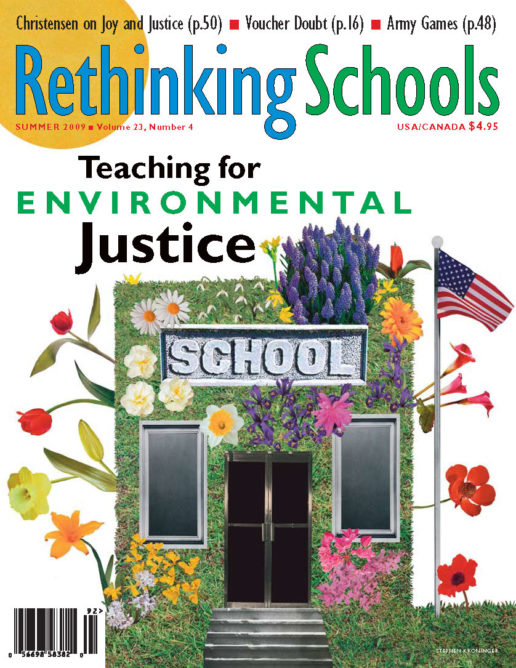Preview of Article:
The Wonder of Nature
Illustrator: Henrik Drescher
A review of three books
The Last Child in the Woods: Saving Our Children from Nature-Deficit Disorder
by Richard Louv
(Algoquin Books, 2008)
The Sense of Wonder
by Rachel Carson
(HarperCollins, 1998, originally 1964)
A Sand County Almanac
by Aldo Leopold
(Oxford University Press, 1987, originally 1949)

